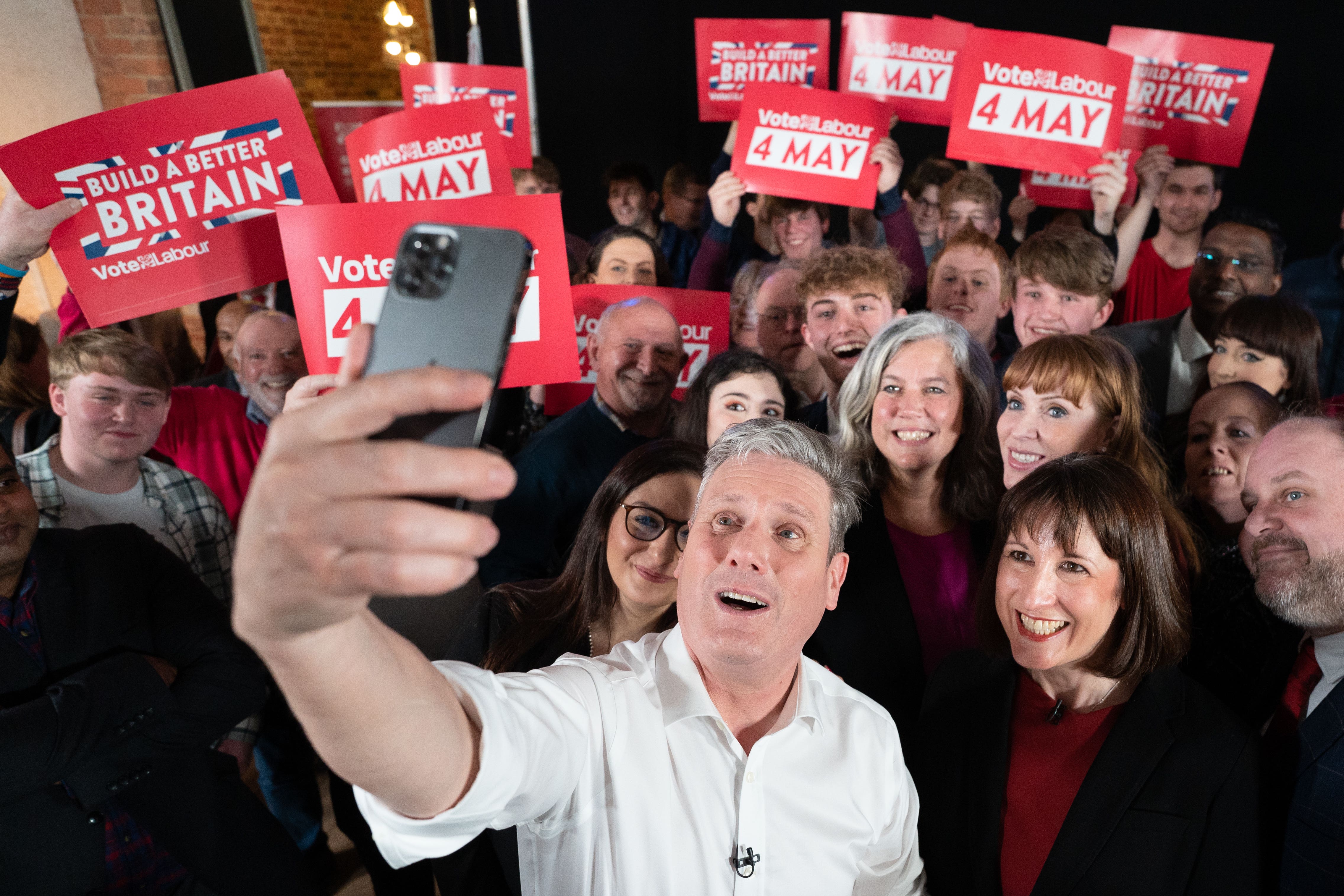Will Labour finally outspend the Conservatives at the next election?
Figures from the Electoral Commission show Keir Starmer’s party raising 50 per cent more than the Tories but, asks John Rentoul, is it enough to fund an election campaign?


Labour raised £47m last year, according to figures published by the Electoral Commission this week – significantly more than the £31m raised by the Conservatives, who were distracted by two changes of leader during the year.
Even more satisfying for David Evans, Labour’s general secretary, is that the party’s revenue exceeded its outgoings by £2m (“result happiness,” as Micawber put it), while the Tories managed to spend £2m more than they took in (“result misery”).
Labour managed to raise record sums despite falling membership numbers. The party’s accounts recorded 407,000 members at the end of last year, down 25,000 on the year before and down 125,000 from the peak of 532,000 in 2019. High-value donations have more than made up for the gentle decline from the heady days of Jeremy Corbyn’s mass membership – then, the party found itself with more money than it expected, but now it is even more flush with cash.
The party’s healthy financial position is even more of a surprise because of dire warnings when Starmer became leader that it would have to find millions to settle legal actions against the party brought by former staff in the disputes over antisemitism during the Corbyn period.
This week’s figures raise the prospect of the Labour Party outspending the Conservatives during the campaign for the general election expected in October next year.
Would this be the first time?
I think so. Information about election spending is hard to find, and is never the full picture because of the breakdown between national and local spending, and different definitions of election periods. But all the figures I have seen show the Conservatives spending more than Labour. Spending was relatively even in the four general elections between 1992 and 2005, although the Conservatives always spent slightly more.
Tony Blair’s efforts to boost Labour’s coffers for his third election in 2005 secured £14m in loans that led to a police investigation into whether the lenders had been promised peerages (they hadn’t been, and they didn’t get them).
In the 2010 election, the Tories spent twice as much as Labour and continued to enjoy a big funding advantage in the 2015, 2017 and 2019 elections. Although Tory funding may pick up as the election approaches, it could be that enough big donors will want to support Labour if Starmer continues to look as if he is going to win – in which case, 2024 could be the first election in which the Tories find themselves outspent.
What about the other parties?
The Liberal Democrats raised a surprising amount of money – £6m in 2022 – for a party that struggled to make double figures in national opinion-poll percentages during the year.
The Scottish National Party raised £4.2m and spent £5m, a record deficit for the party in what was not even an election year. Stuart McDonald, the party’s treasurer, admitted that the party faced “significant challenges” – they include a 30 per cent drop in membership numbers, a change of leader and a police investigation into the party’s finances. The party has just appointed a new chief executive, Murray Foote, to replace Peter Murrell, husband of the former leader Nicola Sturgeon. Even so, the SNP still has more members relative to the size of Scotland’s population than any other UK party, and its revenue per head of population was 10 per cent more than Labour’s.
Of the other parties, the Green Party of England and Wales raised £3m, Plaid Cymru raised £1m, and Reform UK, the successor to the Brexit Party, which sees itself as a potential threat to the Tory vote, raised only £700,000. It was out-fundraised by the Reclaim Party, led by Laurence Fox, and the Women’s Equality Party.






Join our commenting forum
Join thought-provoking conversations, follow other Independent readers and see their replies
Comments